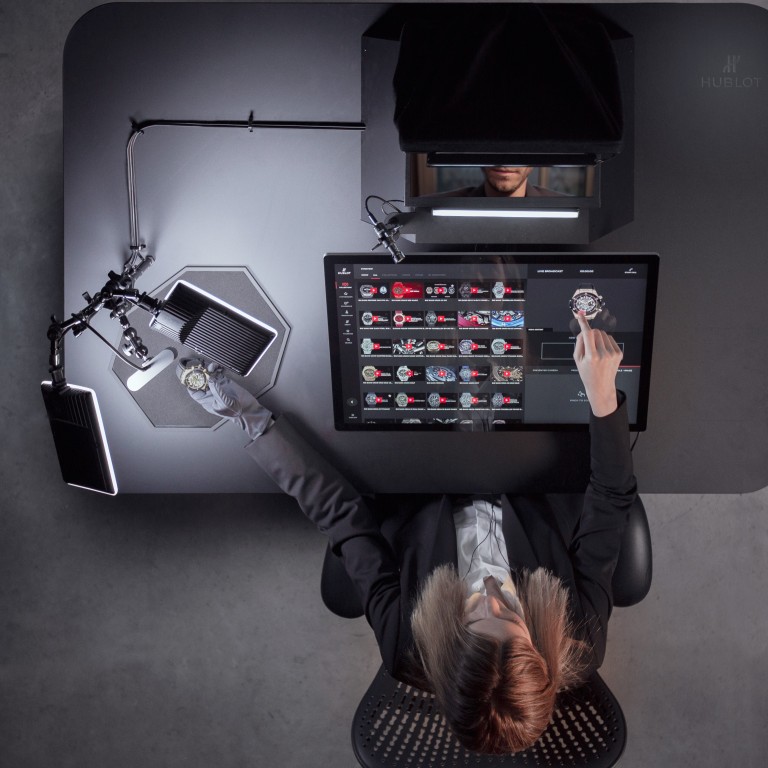Cartier, Piaget, IWC, Jaeger-LeCoultre join Alibaba’s Tmall, following LVMH with virtual stores for online customers – how much would you spend on a luxury watch you’d never seen?

Watch brands Patek Philippe and Roger Dubuis try out augmented reality headsets and others add virtual assistants to deepen engagement with demanding customers, while some holdouts, including Rolex, insist technology is not immersive enough yet
When the world shut down early this year due to the Covid-19 pandemic, it seemed like trips to the local watch retailers – and indeed almost any shops – would be impossible. But were they?

Retailers are now taking the experiences offered by their platforms to the next level. In early May, IWC launched its first virtual reality boutique, featuring its Singapore store, enabling an immersive experience with the brand while sitting in the comfort of your own home.
“At a time when virtual connections are more frequent and accessible than physical ones, visitors can now enjoy an IWC experience outside the traditional retail infrastructure,” says Stanislas Rambaud, managing director for IWC Southeast Asia.
IWC’s foray into virtual reality was soon followed by sister brand Piaget, who launched a similar virtual boutique experience just a few weeks later. In both instances, the boutiques use vivid three-dimensional depictions of real-life IWC or Piaget stores, with different areas of the store playing host to watch or jewellery collections from the two brands. The private corner of the IWC virtual boutique contains the year’s Portugieser watch novelties, for instance, while the main atrium of the Piaget virtual store plays host to the Sunlight high jewellery collection.

Guests are able to explore the store on their own, engage with a programmed chatbot, or book a private virtual appointment with a brand representative who will take them on a tailored journey through the space. This ability to connect with a person is part of what distinguishes these virtual boutiques from other brand websites or e-commerce platforms.
Of course, this is not the watch world’s first foray into recreating a virtual retail experience for its customers. In 2018, LMVH-owned Hublot launched a new digital technology platform for its Fifth Avenue boutique in New York City that allows buyers to communicate with the brand’s salespeople without physically being in the boutique. According to the brand, the digital experience is virtually identical to an in-person visit to the store – except, perhaps, for the risk of contagion in pandemic times.